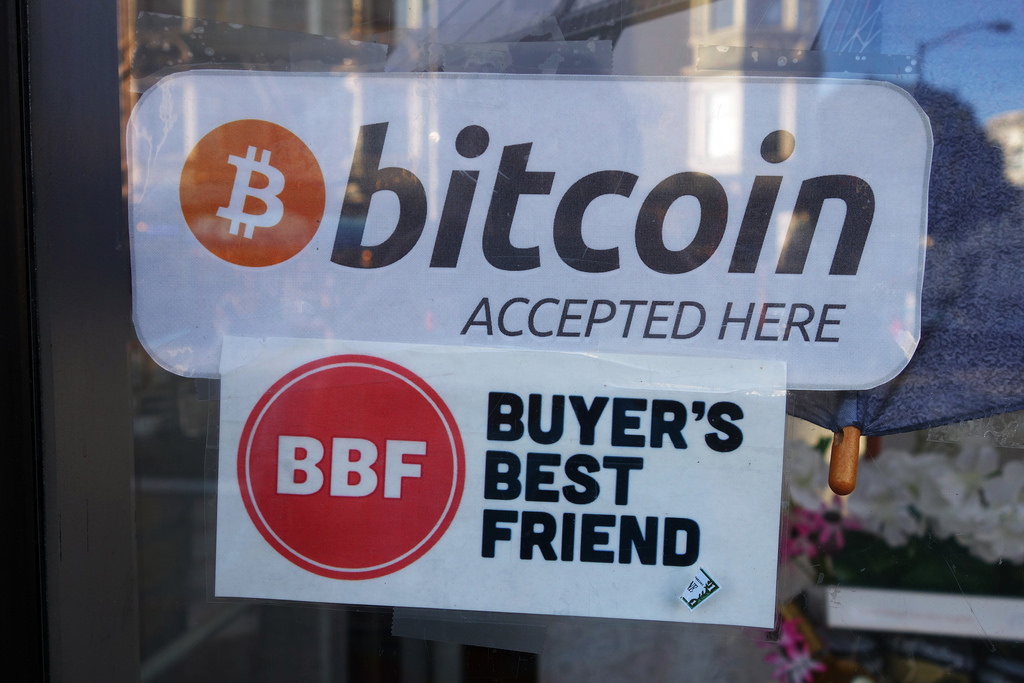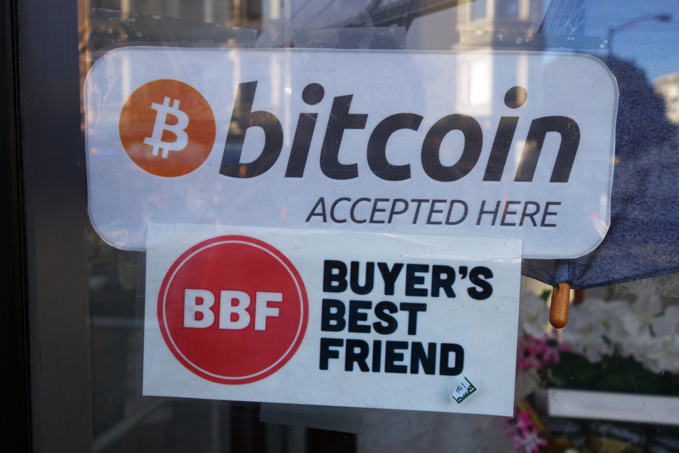Crypto-currency industry
Given that the industry is just gaining speed, it's worthwhile to start with determining its volume. And the data of companies and services for working with crypto-currencies show that this is indeed a virgin market. The study showed that only 1876 people are fully employed in this field, 720 of them are based in the Asia-Pacific region and 676 - in North America.
Exchanges
The study of exchanges makes it possible to estimate the number of users of crypto-currencies, since most of them own one or another online wallet. Nevertheless, the study showed that it is impossible to figure how many people actually use crypto-currencies. The authors have shown, that the largest number of exchanges and exchange offices operates in Europe; next comes the Asia-Pacific region. As of March 2017, Bitfinex had the largest market share - 16% - with small exchanges accounting for about 25% of the total market share. Of all currencies, the US dollar is the most widely supported on the exchanges - 65% of the platforms accept the currency. The second place is taken by the euro with 49%. All the analysed exchanges offered trade in Bitcoin, Ethereum, Lightcoin, as well as Ripple, Ethereum Classic, Monero, Dogecoin and Dash.
It is curious that these exchanges, through which millions of dollars pass, have only 11 employees on average. 49% of the websites employ even a smaller number of people. Also, these online exchangers store personal keys of their users. In practice, 73% of exchanges control their users’ funds, storing their secret keys.
Wallets
According to the research, number of active wallets varies from 5.8 to 11.5 million. Such a large scatter is associated with the vagueness of determining the active wallet. The largest number of active users of walllets accounted for North America and Europe - a total of 30%.
32% of active wallets use proprietary software, the remaining 68% work on open source software. In this case, the most common mobile applications account for 65% of the total. More than half of the surveyed wallets providers integrate a currency exchange service in them, in addition, 20% of them offer a credit card tied to a wallet. It is alarming that almost half of the wallets that provide currency exchange services use third-party services, which can be unsafe. In the light of the recent exacerbation of regulation, it is interesting that 76% of companies providing online wallet services do not have a license.
Mining
The crypto-currency landscape is largely determined by miners and large mining associations, and they understand this. More than half of the miners believe that their influence on the development of the bitcoin protocol is strong or very strong - this is due to the conflict around the renewal of SegWit.
Miners and users were struggling to adopt different versions of the protocol. Despite the fact that half of the miners believe that their influence is great, some users won in this conflict. It is important to note that 58% of the large miner pools are located in China, so many believe that the PRC is the most important player in the industry of mining and the direction of the protocol development. The United States ranks second with 16%. Mining, despite the growth in the value of digital currencies, is developing unevenly. The total revenue from the sale of bitcoins for the year (bonus for creation of blocks + transaction fees) with immediate conversion to dollars in 2016 was significantly lower ($ 563 million) than in 2014 ($ 786 million). Probably, it’s all about the increased complexity of mining. But transactional fees have risen: in 2016 they reached $ 13.6 million, and they hardly exceeded $ 7 million in the previous three years.
source: cointelegraph.com
Given that the industry is just gaining speed, it's worthwhile to start with determining its volume. And the data of companies and services for working with crypto-currencies show that this is indeed a virgin market. The study showed that only 1876 people are fully employed in this field, 720 of them are based in the Asia-Pacific region and 676 - in North America.
Exchanges
The study of exchanges makes it possible to estimate the number of users of crypto-currencies, since most of them own one or another online wallet. Nevertheless, the study showed that it is impossible to figure how many people actually use crypto-currencies. The authors have shown, that the largest number of exchanges and exchange offices operates in Europe; next comes the Asia-Pacific region. As of March 2017, Bitfinex had the largest market share - 16% - with small exchanges accounting for about 25% of the total market share. Of all currencies, the US dollar is the most widely supported on the exchanges - 65% of the platforms accept the currency. The second place is taken by the euro with 49%. All the analysed exchanges offered trade in Bitcoin, Ethereum, Lightcoin, as well as Ripple, Ethereum Classic, Monero, Dogecoin and Dash.
It is curious that these exchanges, through which millions of dollars pass, have only 11 employees on average. 49% of the websites employ even a smaller number of people. Also, these online exchangers store personal keys of their users. In practice, 73% of exchanges control their users’ funds, storing their secret keys.
Wallets
According to the research, number of active wallets varies from 5.8 to 11.5 million. Such a large scatter is associated with the vagueness of determining the active wallet. The largest number of active users of walllets accounted for North America and Europe - a total of 30%.
32% of active wallets use proprietary software, the remaining 68% work on open source software. In this case, the most common mobile applications account for 65% of the total. More than half of the surveyed wallets providers integrate a currency exchange service in them, in addition, 20% of them offer a credit card tied to a wallet. It is alarming that almost half of the wallets that provide currency exchange services use third-party services, which can be unsafe. In the light of the recent exacerbation of regulation, it is interesting that 76% of companies providing online wallet services do not have a license.
Mining
The crypto-currency landscape is largely determined by miners and large mining associations, and they understand this. More than half of the miners believe that their influence on the development of the bitcoin protocol is strong or very strong - this is due to the conflict around the renewal of SegWit.
Miners and users were struggling to adopt different versions of the protocol. Despite the fact that half of the miners believe that their influence is great, some users won in this conflict. It is important to note that 58% of the large miner pools are located in China, so many believe that the PRC is the most important player in the industry of mining and the direction of the protocol development. The United States ranks second with 16%. Mining, despite the growth in the value of digital currencies, is developing unevenly. The total revenue from the sale of bitcoins for the year (bonus for creation of blocks + transaction fees) with immediate conversion to dollars in 2016 was significantly lower ($ 563 million) than in 2014 ($ 786 million). Probably, it’s all about the increased complexity of mining. But transactional fees have risen: in 2016 they reached $ 13.6 million, and they hardly exceeded $ 7 million in the previous three years.
source: cointelegraph.com



















